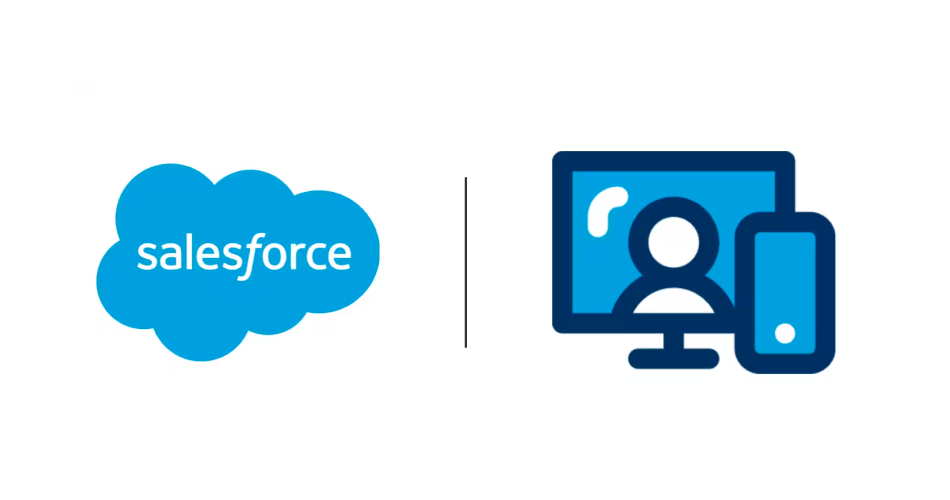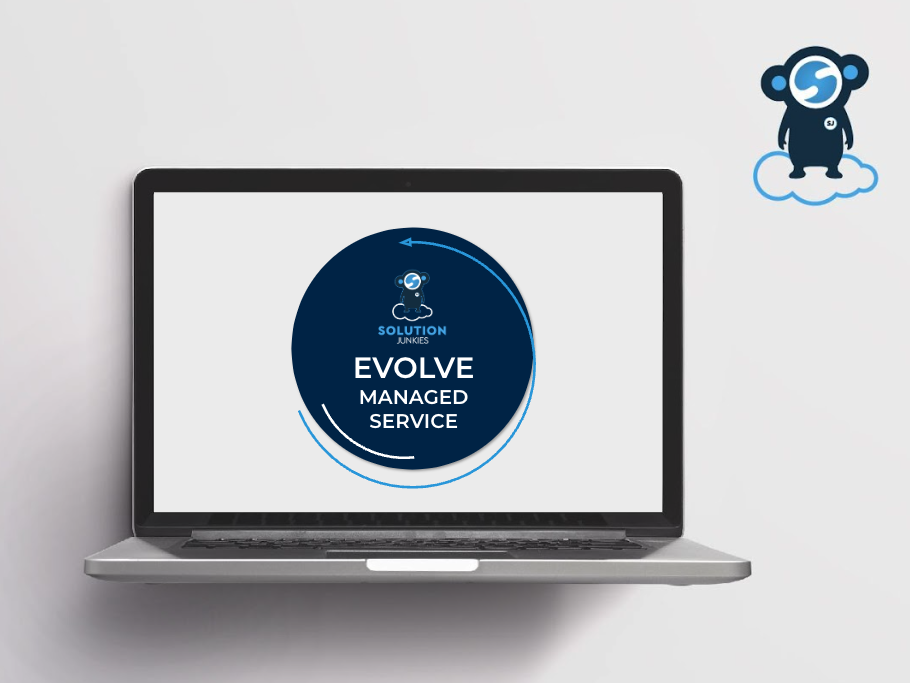The Discovery phase is arguably the most important part of a project. A proper Discovery process can be the difference between a successful project and an unsuccessful one. When done properly, it provides a solid foundation, synchronises expectations and increases the likelihood of success. It’s where the high-level business discussions held earlier in the project come to life.
What is the Discovery process?
The Discovery phase is critical for setting the foundation of the project and ensuring that all parties involved have a shared understanding of what needs to be accomplished.
Key elements can include:
-
- Stakeholder interviews
-
- Process mapping
-
- Gathering requirements
-
- Scope definition
-
- Timelines and project management
-
- Setting up governance
-
- Documentation
-
- Collaboration
Discovery anxiety.
So, with the success of the project in your hands, gearing up for Discovery can be daunting.
Even with a number of Discovery phases under my belt, I feel anxious in the lead-up. The feeling of pressure builds and builds as you think to yourself:
-
- “How successful am I going to be at understanding and articulating the client’s ways of working?”…
-
- “How quickly will I be able to understand their wants and needs?”…
-
- “Is that all the time I have to run Discovery!?”
The anxiety may never be completely removed. Some anxiety means you care and want to do a good job for your client, but here are a few principles that I find ease the worry and increase your chances of success.
1. Know the scope of the project.
It’s vital to understand what is in scope and what is out of scope in the project. The client may have multiple systems in play that cover all manner of business processes, but you have a limited amount of time. Don’t make life harder for yourself by getting off-topic and detailing and documenting systems and processes out of scope.
By all means, understand the lay of the land as it can put things into perspective, but be clear from the start about which processes and systems you are focussing your time on.
2. A logical order to the Discovery process.
If you are covering multiple processes that come together to create the entirety of your project scope, then organise the Discovery sessions in an order that helps you to understand the end-to-end journey you are looking to document.
3. Get as much information as you can from the client before you begin.
If you were able to identify the key processes in scope beforehand (point 1 above) then great, ask your client to provide as much material as possible for each of those processes before Discovery begins. Process maps, documentation, forms, drawings, written explanations, anything…it all helps you to start formulating an understanding before going into Discovery.
4. Formulate a Discovery template.
Using the learnings from point 3 and a tool like Mural, create a template for each session/topic that includes a section for the Client’s Goals and Challenges for the process but also an assumed high-level process map. Going into a Discovery session with an empty Discovery template can make things a little tricky to get going. But by starting off with something (even if it’s inaccurate), gets the conversation flowing.
5. Don’t think about a solution.
During the Discovery sessions, don’t think about the solution, concentrate on the Client’s current processes, the inputs, and outputs, ask why they do things like they do and how they are done and who does them. If you’re thinking about a solution, then you aren’t leaving space to listen and learn – which is the most important thing in Discovery.
6. Test your understanding.
Once you have finished your sessions, test your understanding by formulating AS IS process maps (I like to use swim lanes). If you are struggling to create the process maps, then it’s a clear indication that you don’t understand it well enough, so go back and get more detail. Doing this step also is a great way of teasing out more questions that you may not have thought of during the Discovery session.
7. Validate your process maps.
Confirm the As Is process maps with the Client – this is a key moment where trust can be established. By taking the time to listen and learn, and put yourself in the user’s shoes, you should have a clear understanding of how current workflows operate.
8. Use your process maps to formulate your high-level user stories.
Using the “As a, I want, so that” method, follow your end-to-end process maps to detail the user stories. Your process steps and decision points in your diagrams should correlate to a user story, your persona (As a…) should be clear based on the swim lane your process step is in, your “I want…” should be clear based on the action being taken in the process step and your “so that…” can be understood based on the rest of the process map and the steps/decisions that follow.
A solid Discovery process is crucial for a successful development project, that delivers business value for clients. As well as minimising potential risks, it fosters collaboration, alignment and understanding, allowing faster results and a greater impact.
With a partner like Solution Junkies, you can get your project off to the best possible start.


